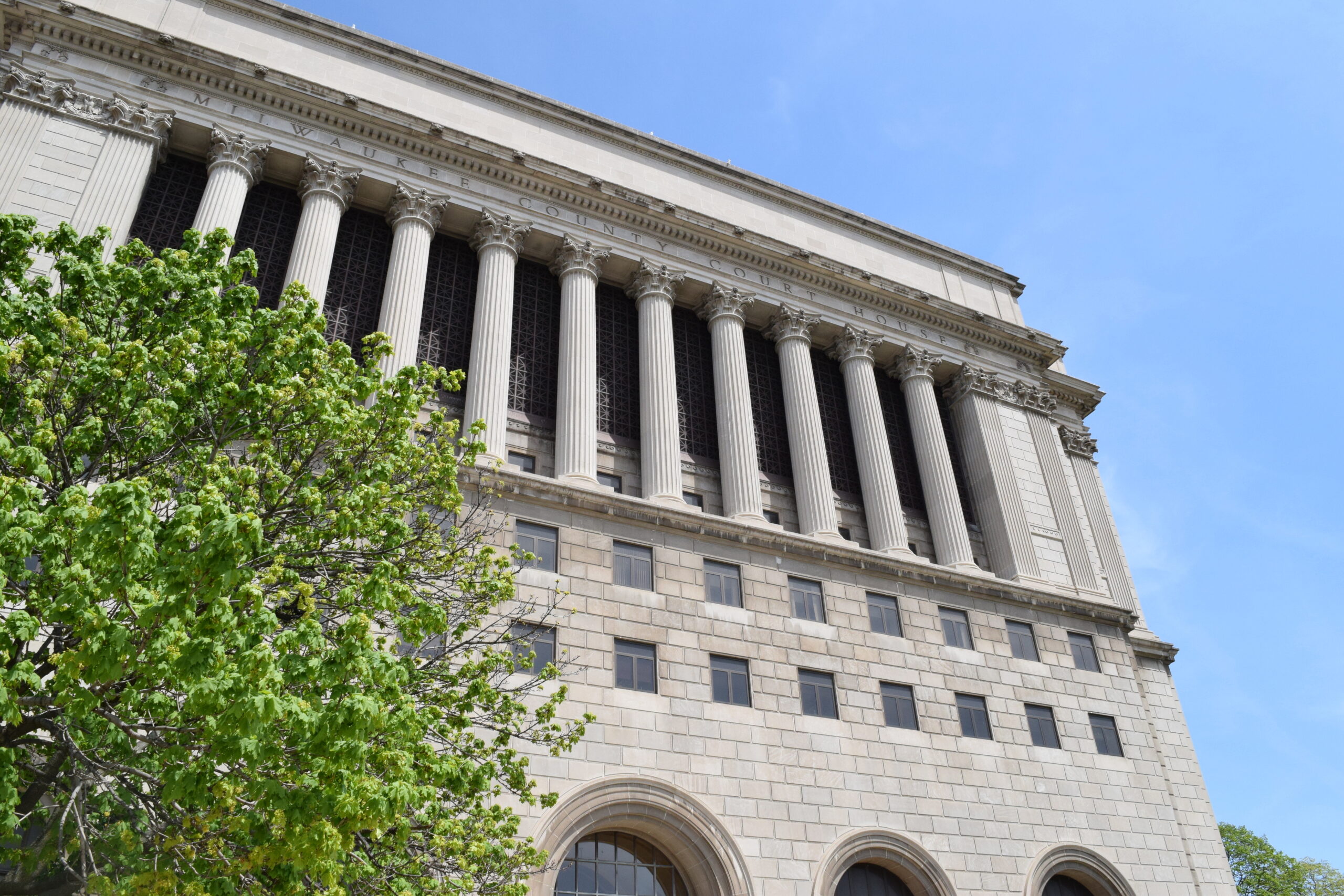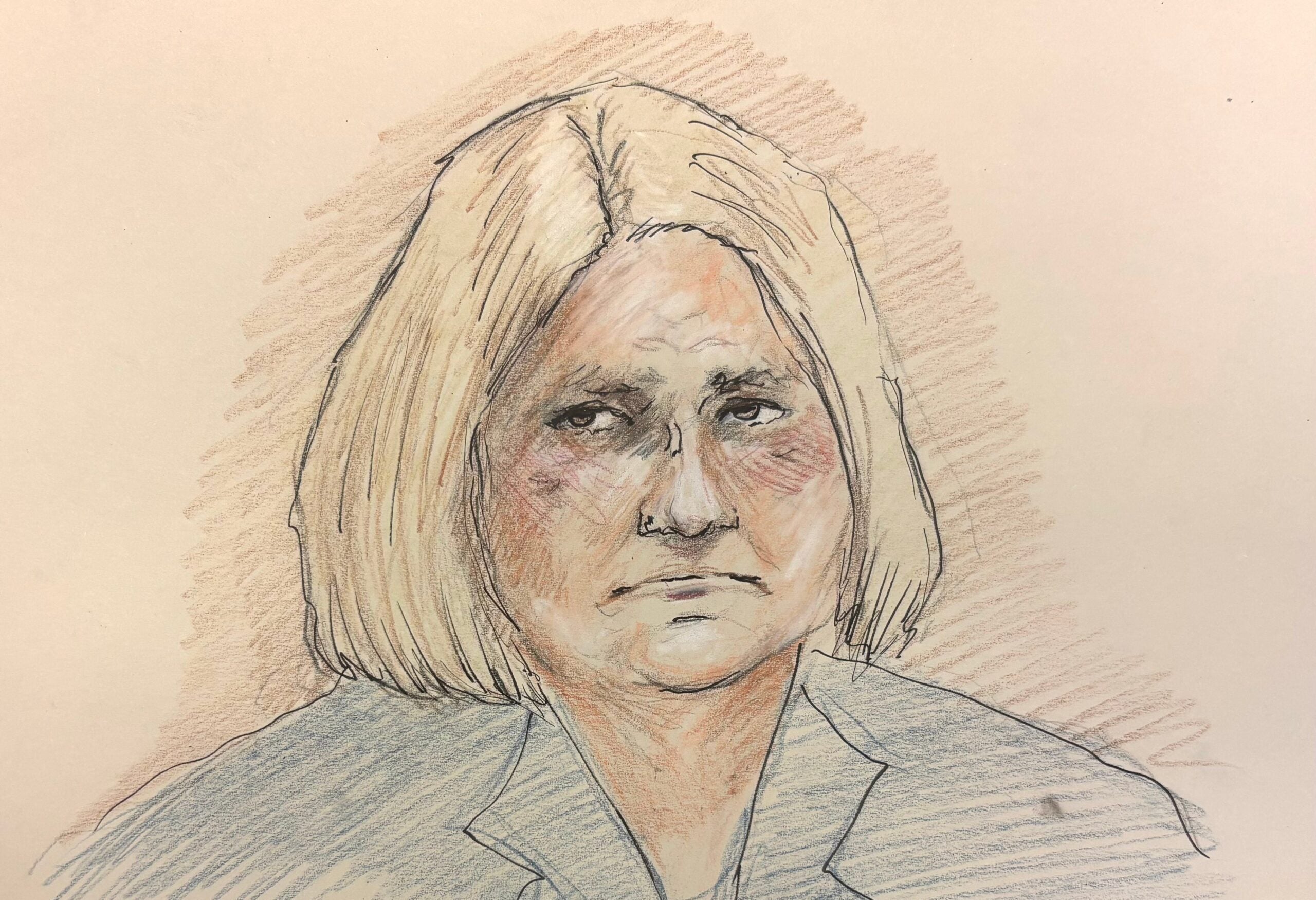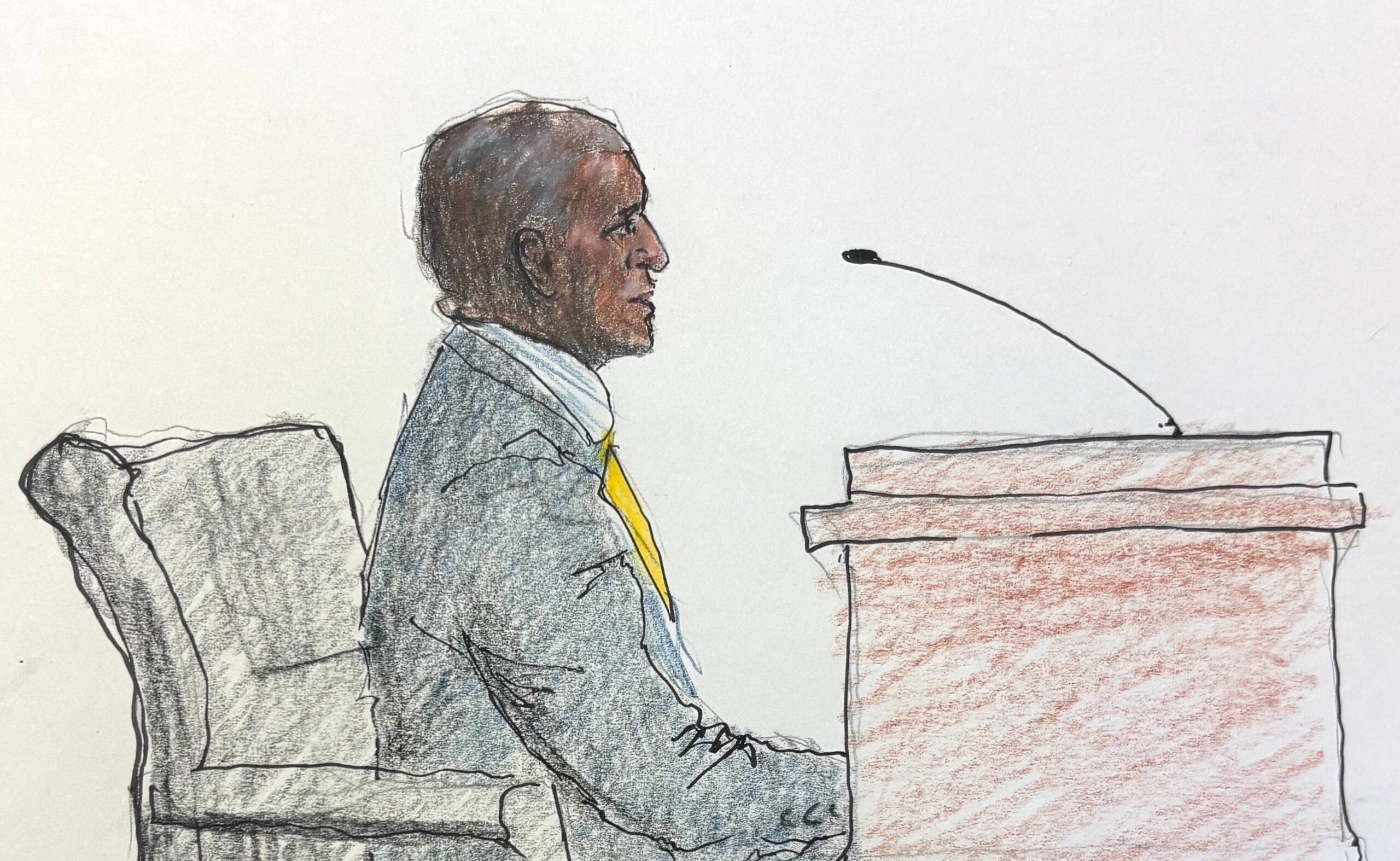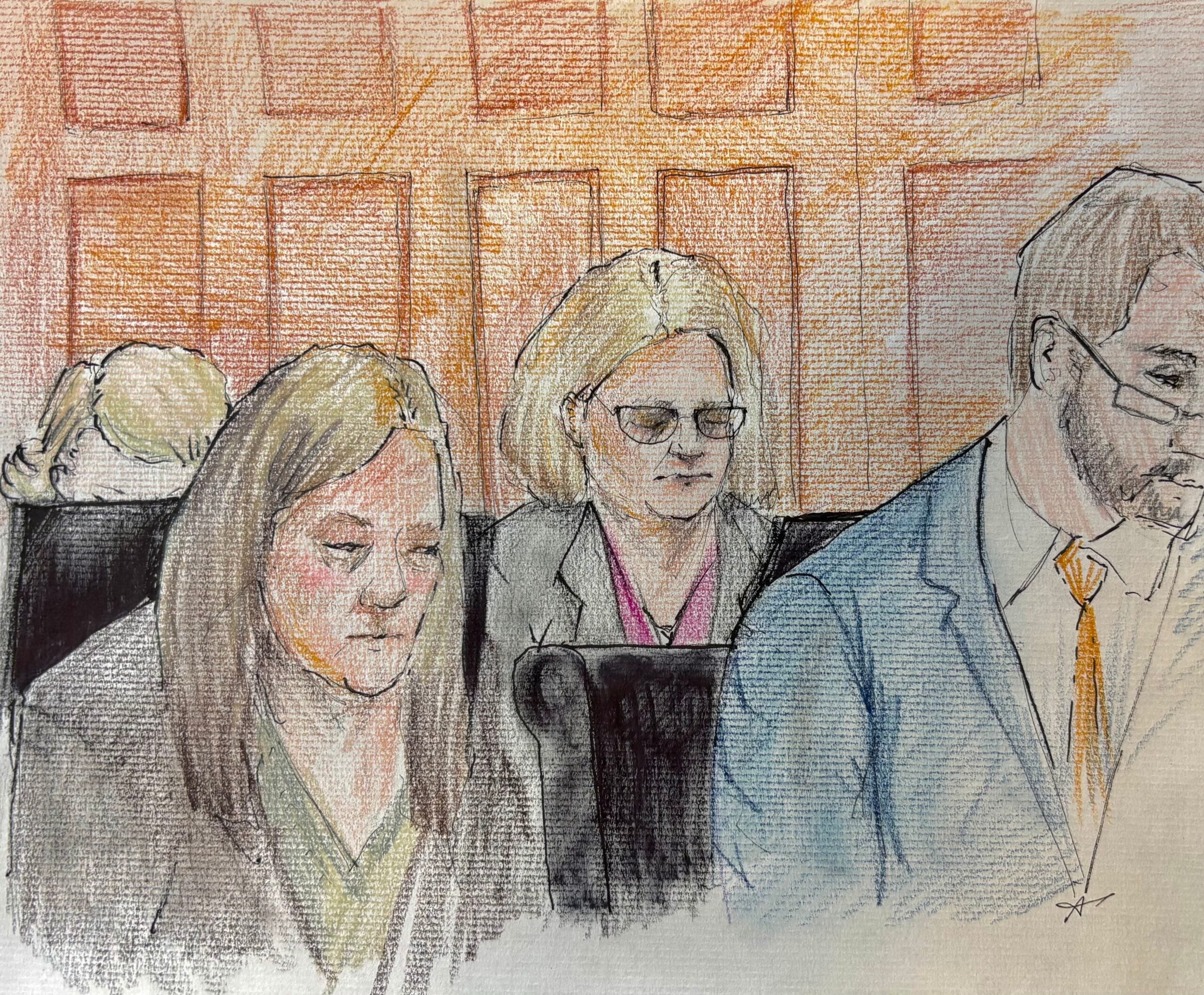Officials in Milwaukee County discussed on Tuesday morning what they can do about activity by federal immigration agents in the county’s courthouse.
Agents from U.S. Immigration and Customs Enforcement, or ICE, detained two immigrants who were living in the country illegally at the courthouse on March 30 and April 4, the county’s Chief Deputy Sheriff Brian Barkow told members of the county board’s judiciary committee.
“When federal immigration enforcement takes place in our courthouse complex, it sends families into hiding, deters survivors of violence from seeking protection and discourages tenants from asserting their rights,” said Milwaukee County Board Chairwoman Marcelia Nicholson.
News with a little more humanity
WPR’s “Wisconsin Today” newsletter keeps you connected to the state you love without feeling overwhelmed. No paywall. No agenda. No corporate filter.
The committee passed a resolution saying that courthouse activity by ICE “undermines the principles of justice.”
‘This is not new,’ chief judge says of courthouse arrests
“People should understand that law enforcement from around this county have exercised warrants in the courthouse public area for years,” Chief Judge Carl Ashley told committee members. “This is not new.”
He said it’s less common for ICE to make immigration-related arrests in courthouses, though he added it has happened “over the years.”

The court is preparing a document solidifying its policy on ICE activity, Ashley said. He said he’d like to have protocols preventing an “unnecessary chilling effect” on people’s participation in the justice system.
“But I’m not in a position to give people that security, that they won’t be contacted by ICE in public areas in the courthouse,” he said.
The county’s chief legal counsel, Scott Brown, said he’s still determining what exactly the county can do to “help our residents feel safe coming to the courthouse.”
“It’s certainly a challenging legal issue, but I have not given up,” he said.
The committee’s resolution said it opposed ICE “operating outside the limits of the law” in and around the courthouse. But it did not claim the March 30 and April 4 arrests were unlawful.
Debate over ICE courthouse arrests goes back years
Since its creation in 2003, ICE has made immigration arrests in local courthouses.
They happened during the Democratic Obama administration — including in Wisconsin — but were expanded in Trump’s first term, according to a 2018 American Civil Liberties Union report.
The Biden administration paused most ICE courthouse arrests.
But one day after President Donald Trump’s second inauguration, an internal ICE directive allowed agents to make immigration arrests in courthouses as long as they were “not precluded by laws imposed by the jurisdiction in which the civil immigration enforcement action will take place.”
The directive said agents should “generally avoid” enforcement in non-criminal courts, like family courts. It also said arrests “should, to the extent practicable,” be done “in collaboration with court security staff.”
The Milwaukee County Sheriff’s Office provides security for the county courthouse.
At the Tuesday meeting, Barkow said his office was notified “literally seconds” before the March 30 arrest by ICE.
As for the arrest on April 4, he said “we were not notified at all.”
Wisconsin Public Radio, © Copyright 2025, Board of Regents of the University of Wisconsin System and Wisconsin Educational Communications Board.






